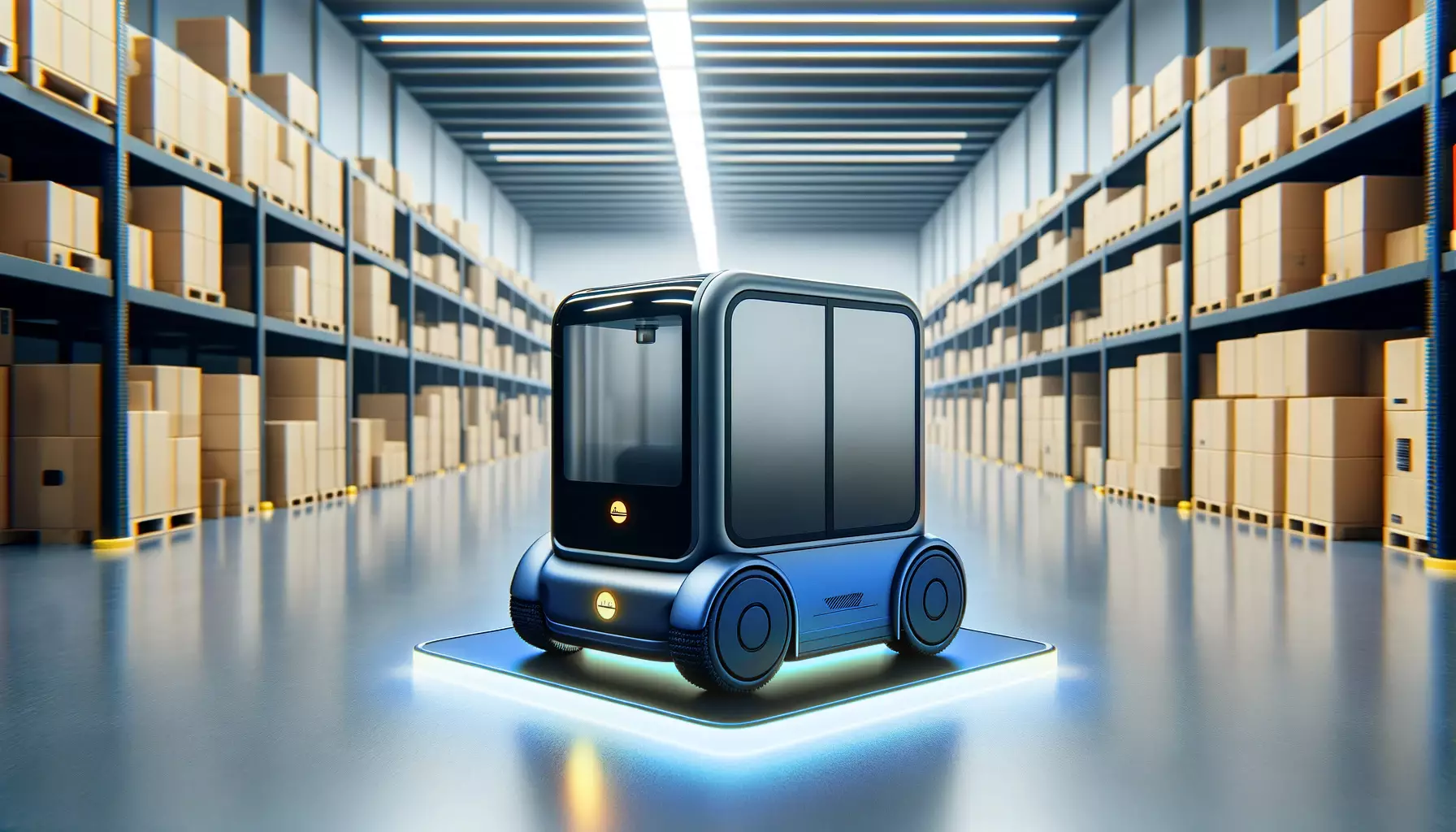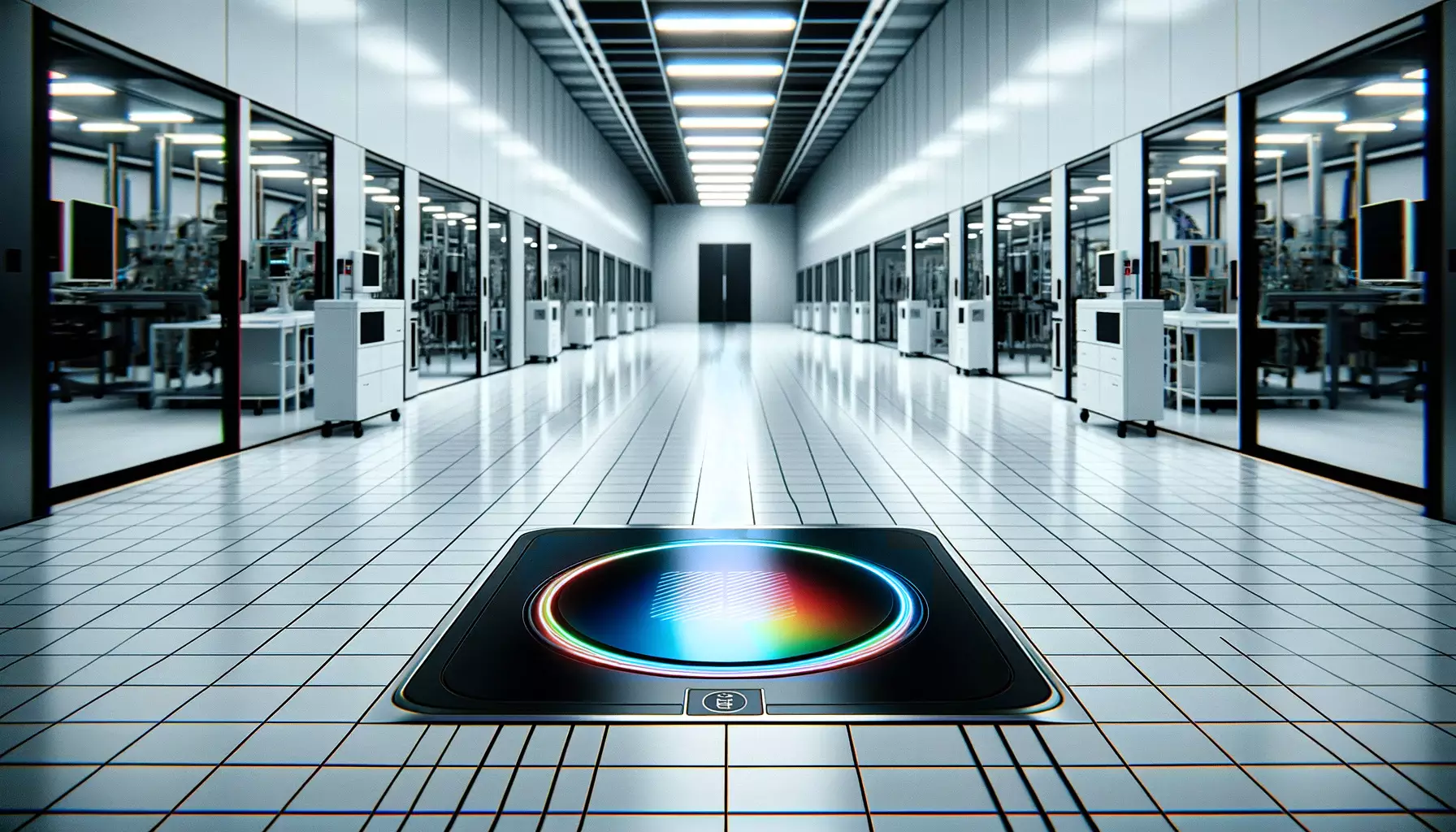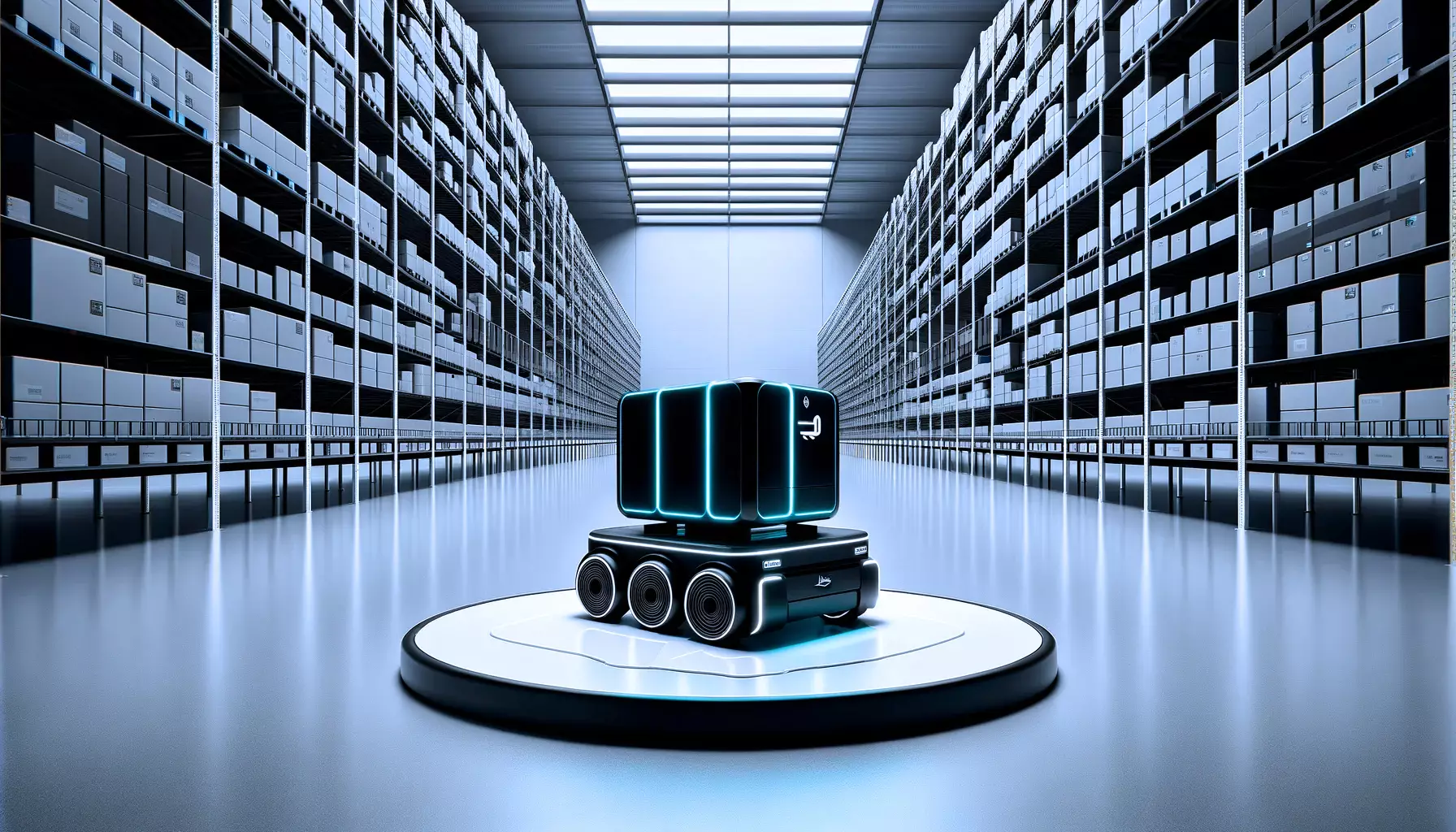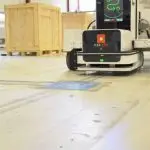Wireless charging for robots
Wireless charging technology for robots represents a significant
advancement in the field of robotics and automation.
This technology allows robots to be charged without the need for physical connectors or wires, which offers several advantages over traditional charging methods.

Wireless charging technology for robots represents a significant advancement in the field of robotics and automation. This technology allows robots to be charged without the need for physical connectors or wires, which offers several advantages over traditional charging methods.
How Wireless Charging for Robots Works
Wireless charging for robots typically involves the use of electromagnetic fields to transfer energy from a charging station to a robot. This is usually achieved through one of several methods:
- Inductive Charging: This is the most common method, where power is transferred through electromagnetic induction between two coils – a transmitter coil in the charging station and a receiver coil in the robot. See Wiferion`s etaLINK 3000 System for the marketing leading solution.
- Resonant Inductive Charging: This method uses resonant inductive coupling, allowing for a greater distance between the charger and the receiver compared to standard inductive charging.
- Radio Frequency (RF) Charging: In this method, RF energy is converted into DC voltage inside the robot, allowing for charging at even greater distances.
Advantages of Wireless Charging
Wireless charging offers several benefits for robots:
- Increased Mobility and Autonomy: Robots are not tethered to a charging station, allowing for greater mobility and continuous operation.
- Enhanced Safety: Eliminates the risk of tripping over cords or electrical hazards associated with traditional charging methods.
- Reduced Wear and Tear: With no physical connection, there’s less wear and tear on charging components, increasing their lifespan.
- Improved Efficiency: Automated charging processes can be integrated into a robot’s operational cycle, reducing downtime.
- see even more benefits on Wiferion’s Main Page.


Applications of Wireless Charging in Robotics
The use of wireless charging is becoming increasingly prevalent in various sectors of robotics:
- Industrial Robotics: In manufacturing and warehousing, robots can be charged without interrupting their workflow.
- Service and Domestic Robots: Robots in homes and service industries can autonomously recharge, enhancing their usability.
- Medical and Healthcare Robots: In hospitals, wireless charging ensures hygiene and uninterrupted service, especially with the cleanroom certificates.
Challenges and Future Prospects of Wireless Charging for Robots
Despite its advantages, wireless charging technology for robots faces challenges such as efficiency losses over distance and the need for precise alignment in some systems. Future advancements are expected to address these issues, integrating technologies like AI and IoT for smarter charging solutions and adapting to various robotic applications.
In summary, wireless charging is rapidly becoming a transformative technology in the world of robotics, offering increased efficiency, safety, and operational flexibility. Its ongoing development and integration into various robotic applications herald a future where robots can operate with greater autonomy and efficiency.

Conclusion of Wireless Charging for Robots
Wireless charging is revolutionizing various sectors, including industrial automation, service robots, and healthcare robotics, offering greater autonomy and operational efficiency.
Adoption rates and user experiences vary, but the general trend shows increasing acceptance and appreciation for the convenience wireless charging brings to robotics. The market for wireless robot charging is growing, with significant investments and projected future growth, indicating a strong belief in its potential.
Wireless charging is a game-changer in the field of robotics, offering numerous benefits but also facing certain challenges. Its continuous evolution and adoption are set to redefine how robots are powered.
FAQ
1. What makes wireless charging more advantageous for robots?
Wireless charging offers several advantages for robots:
- Enhanced Mobility: Robots are not constrained by cords or wires, allowing for greater operational range and flexibility.
- Increased Uptime: Robots can charge autonomously, reducing downtime and enhancing productivity.
- Safety: Eliminates hazards associated with cords, such as tripping or electrical risks.
- Durability: Fewer mechanical wear and tear on charging connectors, leading to longer lifespan of equipment.
2. How does wireless charging impact the operational efficiency of robots?
Wireless charging significantly boosts the operational efficiency of robots by:
- Reducing Downtime: Robots can be charged during operational breaks, ensuring more consistent uptime.
- Enabling Continuous Operation: Some systems allow for charging while the robot is in operation, particularly beneficial in 24/7 industrial settings.
- Streamlining Workflow: Automated charging eliminates the need for manual intervention, allowing for smoother workflow integration.
3. Are there any safety concerns with wireless robot charging?
While wireless charging is generally safer than traditional methods, there are some considerations:
- Electromagnetic Interference (EMI): Wireless charging systems must be designed to minimize EMI, which could affect other electronic equipment.
- Heat Generation: Like all charging methods, wireless systems can generate heat, requiring adequate heat management solutions.
- Regulatory Compliance: Systems must comply with safety standards and regulations for electromagnetic emissions. Wiferion`s wireless charging systems are designed and certified to have to lowest emissions.
4. What are the cost implications of switching to wireless charging for robots?
Switching to wireless charging involves initial investment costs:
- Higher Initial Cost: Wireless charging systems can be more expensive upfront compared to traditional chargers.
- Infrastructure Changes: Implementing wireless charging might require changes to existing infrastructure.
- Long-term Savings: Despite the initial cost, long-term benefits include reduced maintenance costs and increased efficiency.
5. How is wireless charging expected to evolve in the next decade?
The next decade could see several advancements in wireless charging for robots:
- Greater Efficiency and Range: Technological improvements are expected to enhance charging efficiency and increase power transfer distance.
- Integration with AI and IoT: Smart charging systems could integrate with AI for optimized charging schedules and IoT for seamless operation within connected environments.
- Adaptation to Various Environments: Innovations might lead to wireless charging solutions tailored for specific industries and environments, such as hazardous locations or outdoor use.

